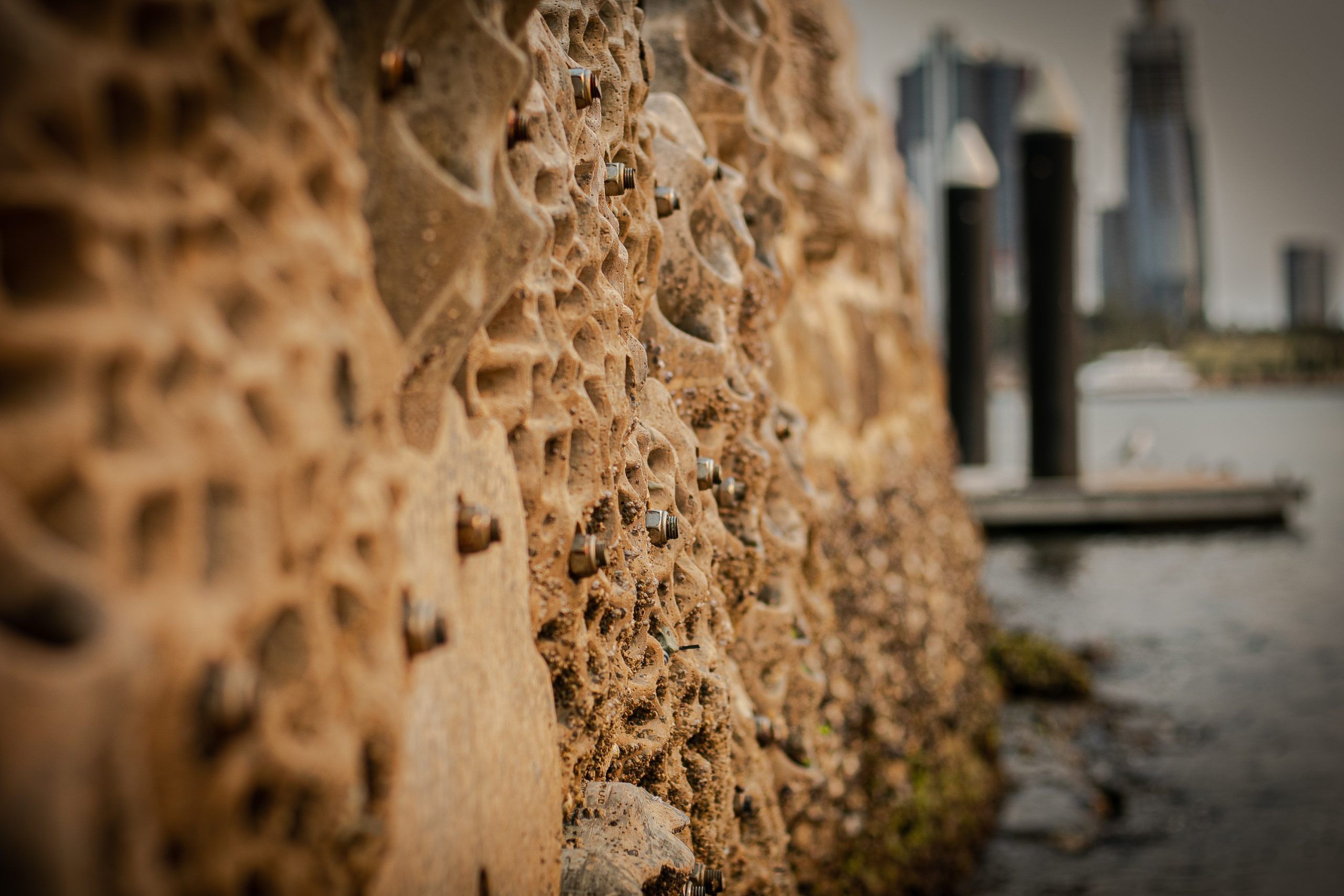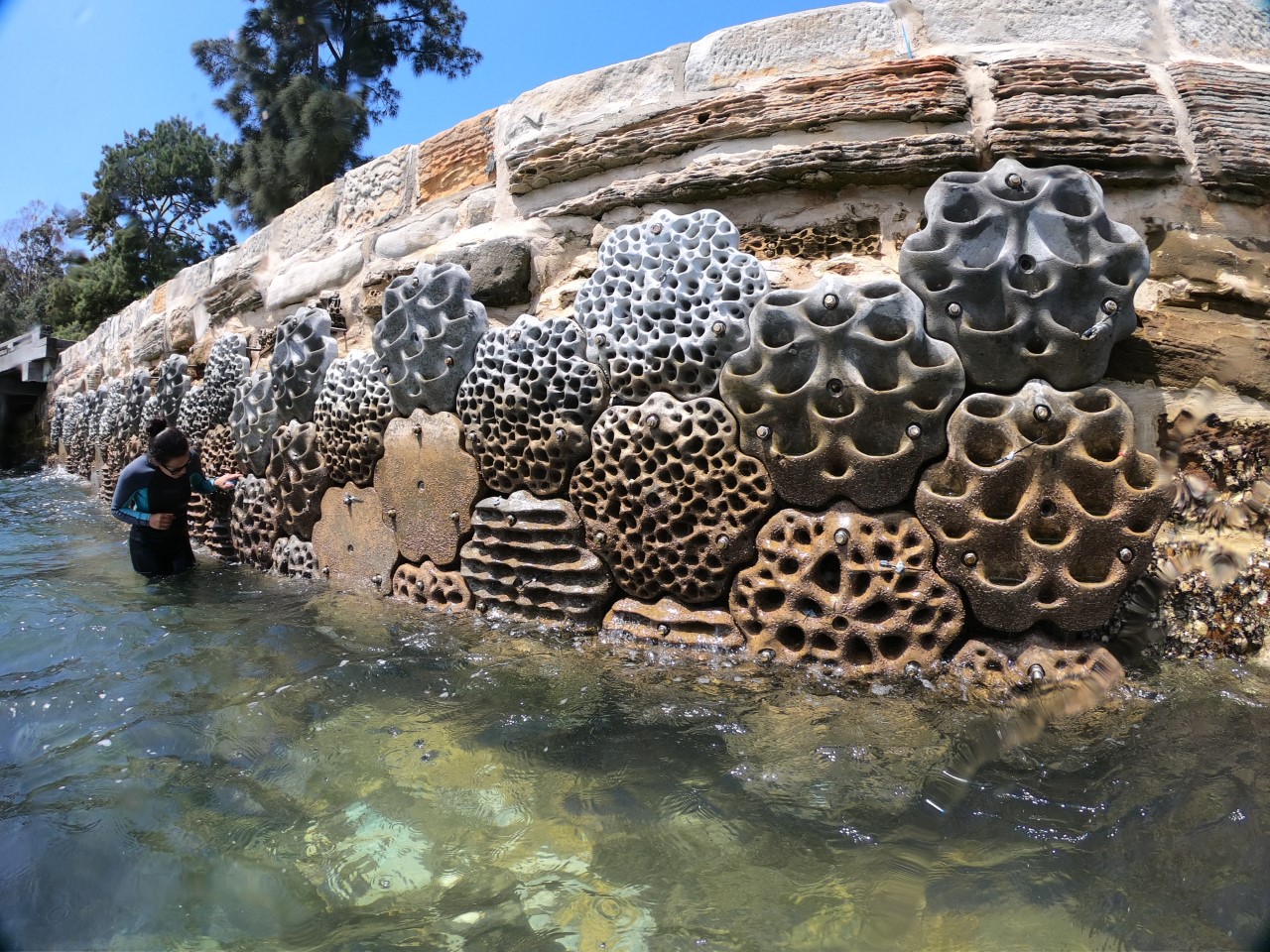
Living Seawalls is a flagship programme of the Sydney Institute of Marine Science in collaboration with Reef Design Lab. It designs and produces innovative modular panels which mimic foreshore and inter-tidal habits to revive the increasingly ‘urbanised’ oceans as construction ventures ever further into the sea.
We make and supply Living Seawalls’ panels in the UK and Ireland.
How does it work?
The three-dimensional tile-like concrete panels attach in a mosaic pattern, adding texture, shape and form to flat seawalls and other ocean-facing structures, which otherwise would lack the complexity required for a biodiverse marine environment.
Where can they be used?
With projects spanning three continents, Living Seawalls currently has 10 habitat panel designs, each targeting different features of natural shorelines which benefit diverse groups of marine organisms.
The modular design allows the Living Seawalls to be tailored to each site, and as sea levels rise in coming years, they can provide habitats for species to migrate vertically.


Want to find out more?
We are the exclusive manufacturer and supplier of Living Seawalls in the UK and Ireland. Specification and installation can be managed by an in-house technical or maintenance team or we can provide a professional installation service if preferred.
For further information, contact Leon Cunningham on leon@inlandandcoastal.com




